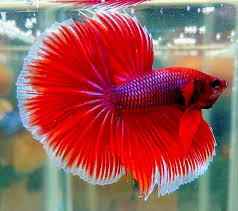Spix's Macaw
The Spix's Macaw (scientific name: Cyanopsitta spixii, from Greek: kuanos, "blue pool; cyan" + Latin: psitta, "parrot" and spixii, named after Johann Baptist von Spix) is a species of bird in the endemic Psittacidae family in Brazil. It is the only species described for Cyanopsitta genre. Other vernacular associated with this species are blue macaw-de-Spix macaws and azure. Inhabited riverine forests dominated by caraibeiras associated with seasonal streams in the northern end of the state of Bahia, south of the River. All historical records for the species are located in the municipalities of Juazeiro and Curaçá in Bahia. There are unconfirmed reports of the presence of the bird in the states of Pernambuco and Piauí.C. spixii measures about 57 cm in length and has a blue plumage, ranging from pale shades to lived throughout the body. Little is known about its ecology and behavior in nature. Their diet consisted mainly of jatropha and faveleira seeds. The nest was made in caraibeiras, natural or made by woodpeckers hollow. The breeding period was associated with the rainy season.
As a result of the indiscriminate cutting of trees on the savanna and illegal trafficking, the population was reduced to remain a single individual, who disappeared in 2000-2001. It is seriously endangered, existing only 73 individuals in captivity, having been declared extinct in the wild by the Brazilian government. However, the International Union for Conservation of Nature (IUCN) still ranks as "critically endangered" possibly "extinct in the wild." In June 2016 was recorded in an individual riparian Curaçá possibly released from captivity by a local resident.

















































